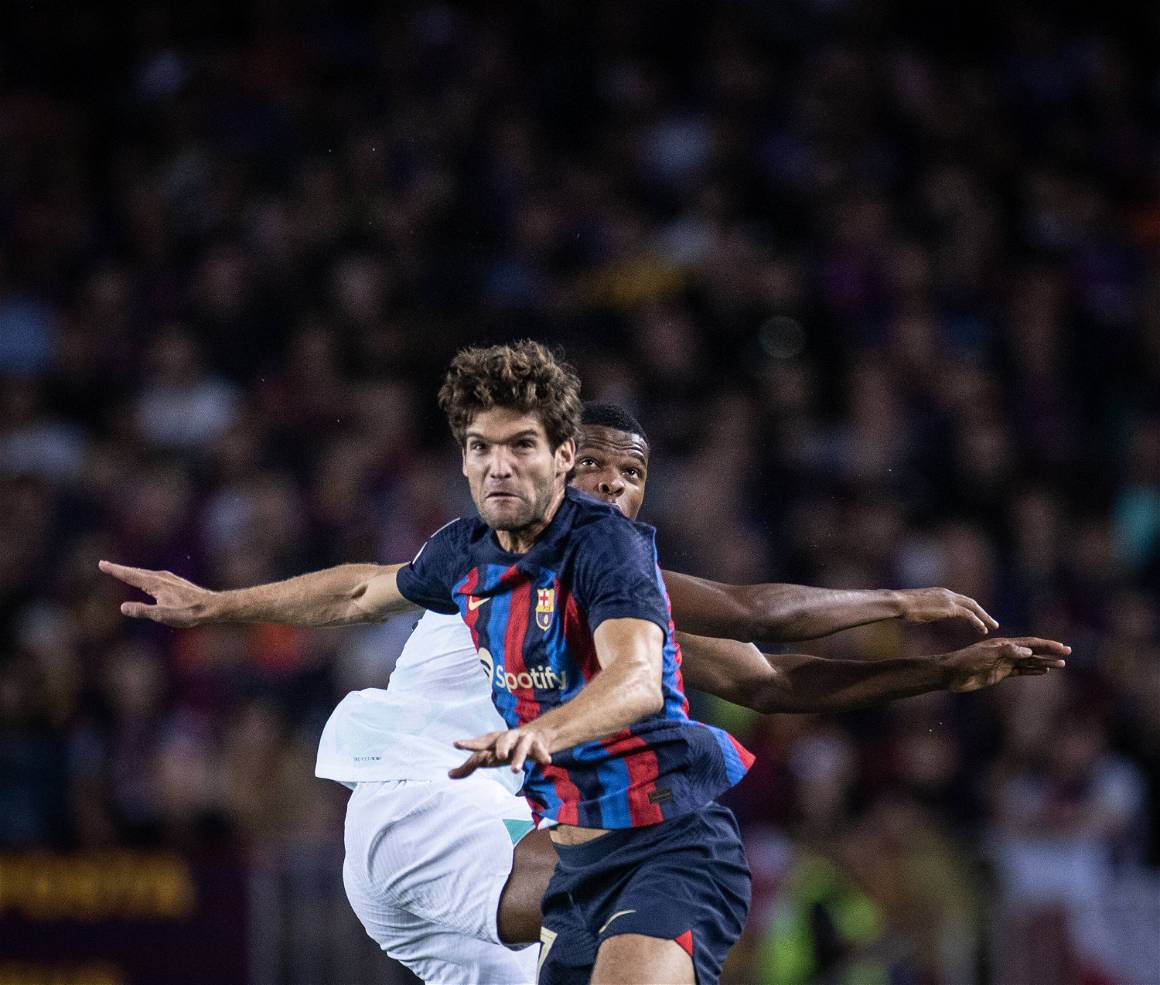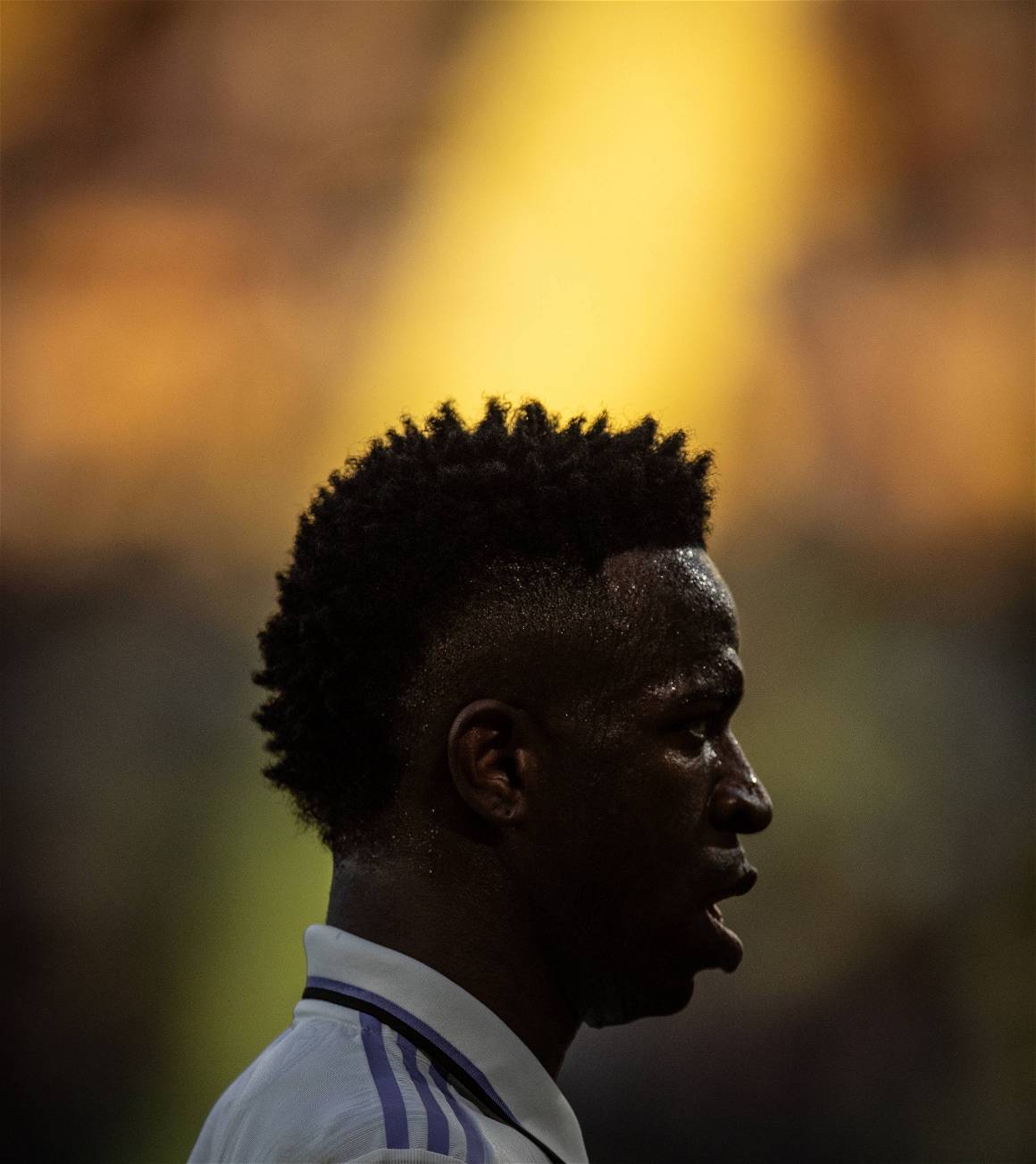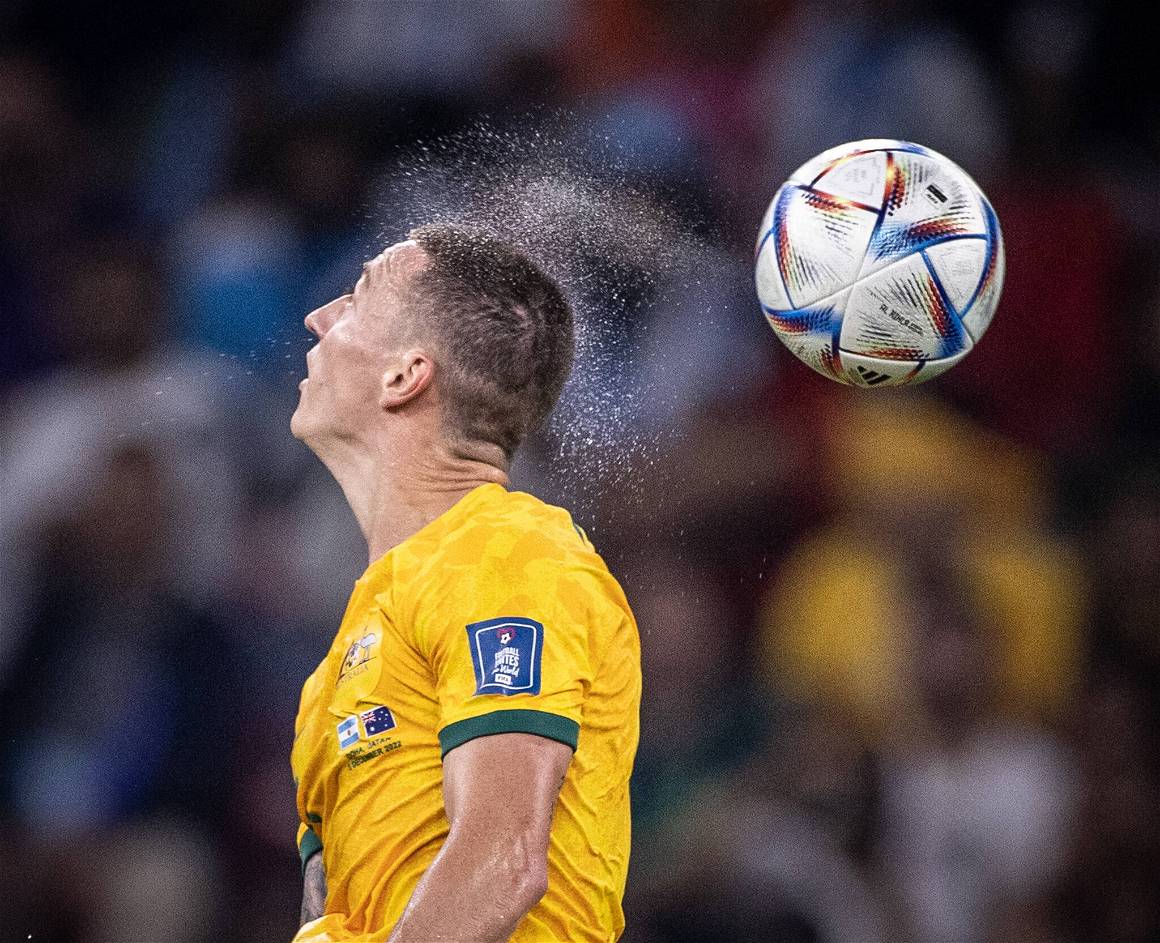In an interview with IMAGO, Ricardo Nogueira discusses his career as a sports photographer, describing how the industry transformed into the digital era, how social media helped him get closer to his goals, and his ambitions toward the future.
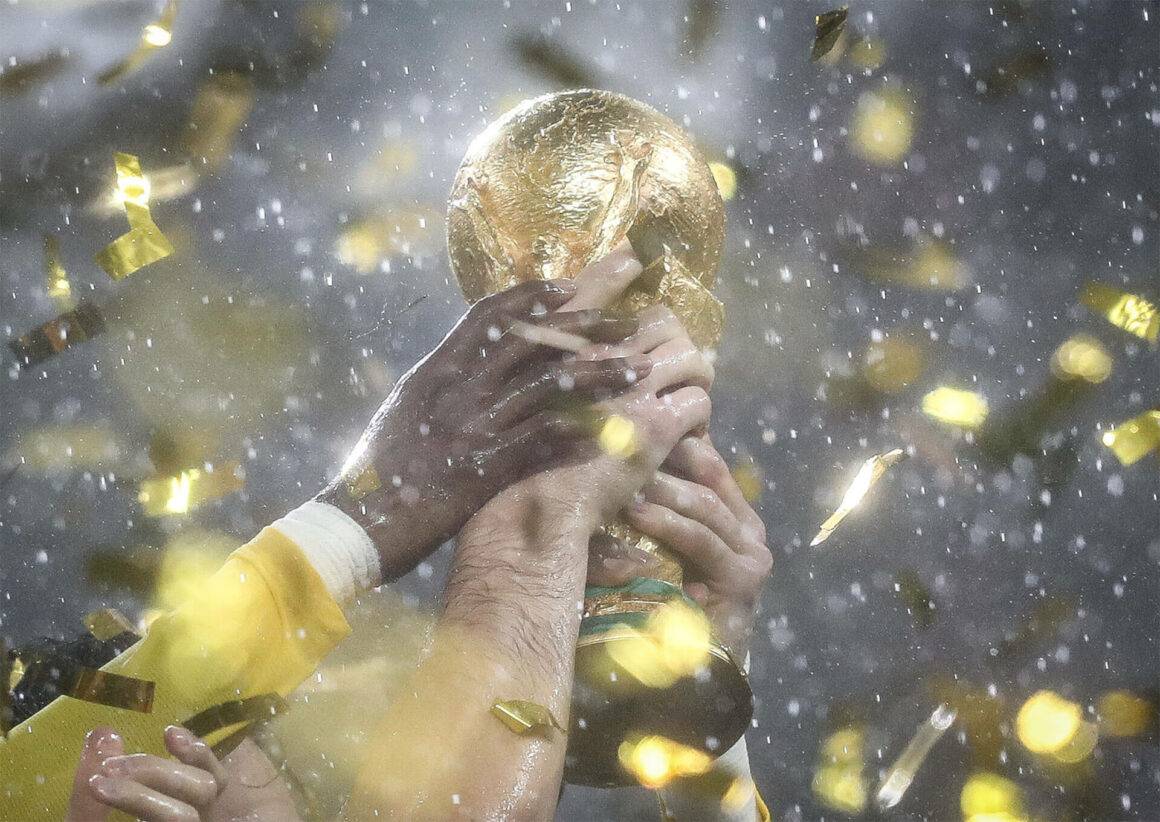
How the Passion of Football Created a Distinctive Narrator, An interview with Ricardo Nogueira
About 20 years ago, Ricardo found out there was no way to pursue his dream and get into a football pitch as a professional player. Especially in his homeland of Brazil, which is famed for its extraordinary football talent. It wasn’t easy for him to leave his childhood dream behind and follow his beloved sport away from the pitches and watching from screens. But still, the passion for football didn’t leave him.
He had to find another way to stay in. Soon after, he discovered a way to get into the field: “I figured being a football photographer was the best way for me to get on the pitch.” Ricardo started from a small agency in his hometown in Brazil, but he didn’t stop there as he was a dreamer. “I couldn’t do the ‘ordinary’ as my aim has always been to work for top newspapers and magazines.”
As time passed and the industry evolved, Ricardo found the changes advantageous and grew more throughout the years. “When the digital age first began, it mainly transformed our way of working by making it more agile and useful.” With the rise of social media, Ricardo was even happier as he could “show his work to the whole world” and observe others’ works more easily and learn from them.
In these years, Ricardo has seen several tournaments, world cups, and legendary athletes come and leave the scene. He enjoyed the journey as he says felt privileged to firsthand and directly watch sports history being written. But one thing stayed unchanged: “his desire to be a player.” Before every match, Ricardo does what exactly the players do. He puts himself in the mindset of a player and tries to get the game’s mood. He concentrates on the spirit of the game and inspires everyone, even those who don’t enjoy football. Something that may be distinguishing him from many others in this industry: an extraordinary love for football and growing a childhood dream in another way.
“My first years were spent with films. When the digital age first began, it mainly transformed our way of working by making it more agile and useful.”

You started your professional career 20 years ago when the digital world was completely different. How did you start?
I studied journalism in Brazil and graduated in 2000. I had my first touch with photography at that time. My big dream before I became a photographer was to play professional football, but I soon came to terms with the fact that this was not going to happen. I figured being a football photographer was the best way for me to get on the pitch. I think my biggest motivation has always been this: to somehow “participate” in the game.
There has been a technical and visual assessment of photography from day one you started until now. How have you changed over time? How would you characterize the evolution of photography throughout your career?
Yes, we were still using photographic film when I started. My first years were spent with films. When the digital age first began, it mainly transformed our way of working by making it more agile and useful.
It was great for me as someone who has always worked in photojournalism since it allowed me to quickly transmit my images to agencies. This relieved me from worrying about how to provide my images to the customer rapidly and allowed me to concentrate more on the photographic process.

After all these times working in this specific field, what role does Sports Photography fulfill in society?
With the rise of social media, today’s sports photography is able to reach even more young people with soccer player aspirations than ever before. Using her or his hero as an example. The image of the star athlete that a girl or boy wishes to be is constantly shown on the screens. For instance, I believe it makes it easier to feel motivated.
Although your work is mostly capturing the ongoing games, your photos have artistic aspects and not just covering an event. How did you come to this special signature? What drew you to begin developing your skills in that kind of photography?
When I first started, I was aware that I would need to take a unique approach in order to stand out in the football photo segment. When I saw images of the games in the press, they always seemed to be essentially the same. I couldn’t do “the ordinary” as my aim has always been to work for big newspapers and magazines.
I felt like I needed to find a way to be original and had to innovate somehow. So, I started to use some “strategies”: I positioned myself on the side of the field that the other photographers weren’t on, I used different equipment (600mm and 50mm – which I still use today), exploring new perspectives and angles, I invested a lot in detail, etc.
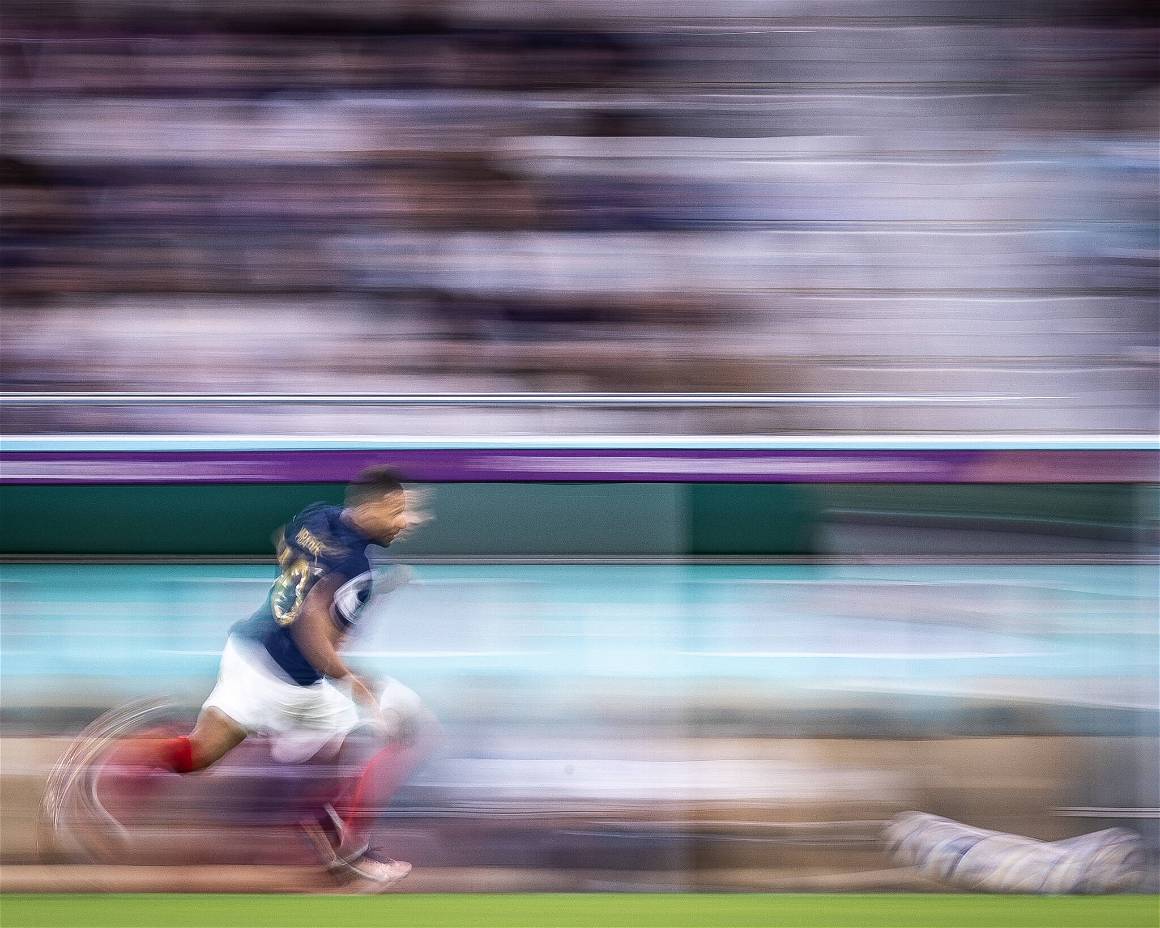
What characteristics distinguish a great photo from a match? What are the challenges of action sports photography?
That essentially captures the essence of the game, in my opinion. If combined with good composition and plastic beauty, it will be the perfect photo. But it’s hard to put all of this together in the same frame. Also, because a football game has countless nuances, everything can change in a fraction of a second.
I’ve’ lost count of the number of games I’ve’ photographed when I initially believed I would have a wonderful image of the game, but everything turned downhill in the final shot as the winning team lost, the game’s highlight failed and compromised the team, etc.
The biggest challenge of sports photography, in my opinion, is not just to educate but also to bring attention to aesthetic beauty. In the case of football, I feel that seeing the game in a different way grabs the attention of people viewing the image. Another big challenge is to convey the game’s emotion to those who don’t even like football.
You shoot staged footage and live coverage. However, you’ve stated that you don’t like having staged photos taken, such as trophy shots. Why?
Everything related to a “photographic pattern” doesn’t really appeal to me. Trophy photos are usually always the same; because the photographers all must be in the position indicated by the organization of the event. Side by side, all are making the same images. For doing something different, I prefer to position myself from another angle or try to use a different objective. What’s the fun in taking the same photo that everyone else did?

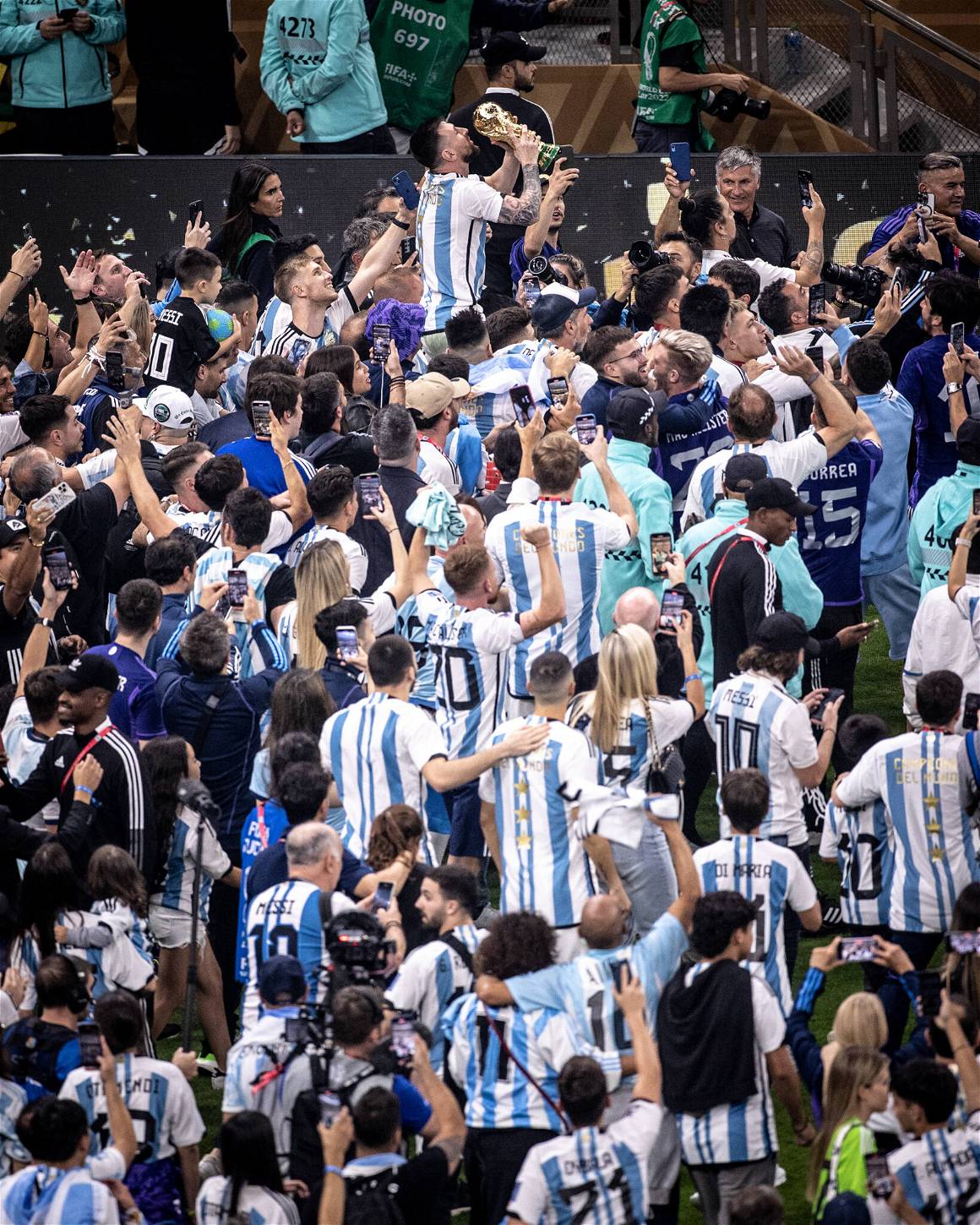
What or where do you get the most inspiration?
When I started, my inspiration came only from seeing the photos in newspapers and magazines. I had – and have – numerous photographic references, professionals who I admire and who certainly helped me build my own look. Even nowadays, it is much easier. Through Instagram, I have contact with images from photographers from all over the world.
When I cover an important game, it helps me a lot to get into the “match mood”, just like the players do. I look for match-related news, read about the teams, and keep up with related things. This also gives me inspiration and is my major point of focus.
Is there any event or specific player or match that made a notable impact on you or is always with you?
The first time I entered a stadium to photograph a World Cup was very special for me. When I started my journey in photography, it was a dream to be at such an event, but I confess that I thought it would hardly come true.
I started in my city, in Brazil, in a small agency, photographing some soccer practices. I honestly had no idea that I would make it to the World Cup. So, when I was on the way to enter the Soccer City lawn in Johannesburg to photograph South Africa and Mexico in the 2010 World Cup, I had a “lump in my throat”. (he laughs) I will always carry that moment with me.
“I felt like I needed to find a way to be original and had to innovate somehow. So, I started to use some new strategies.”
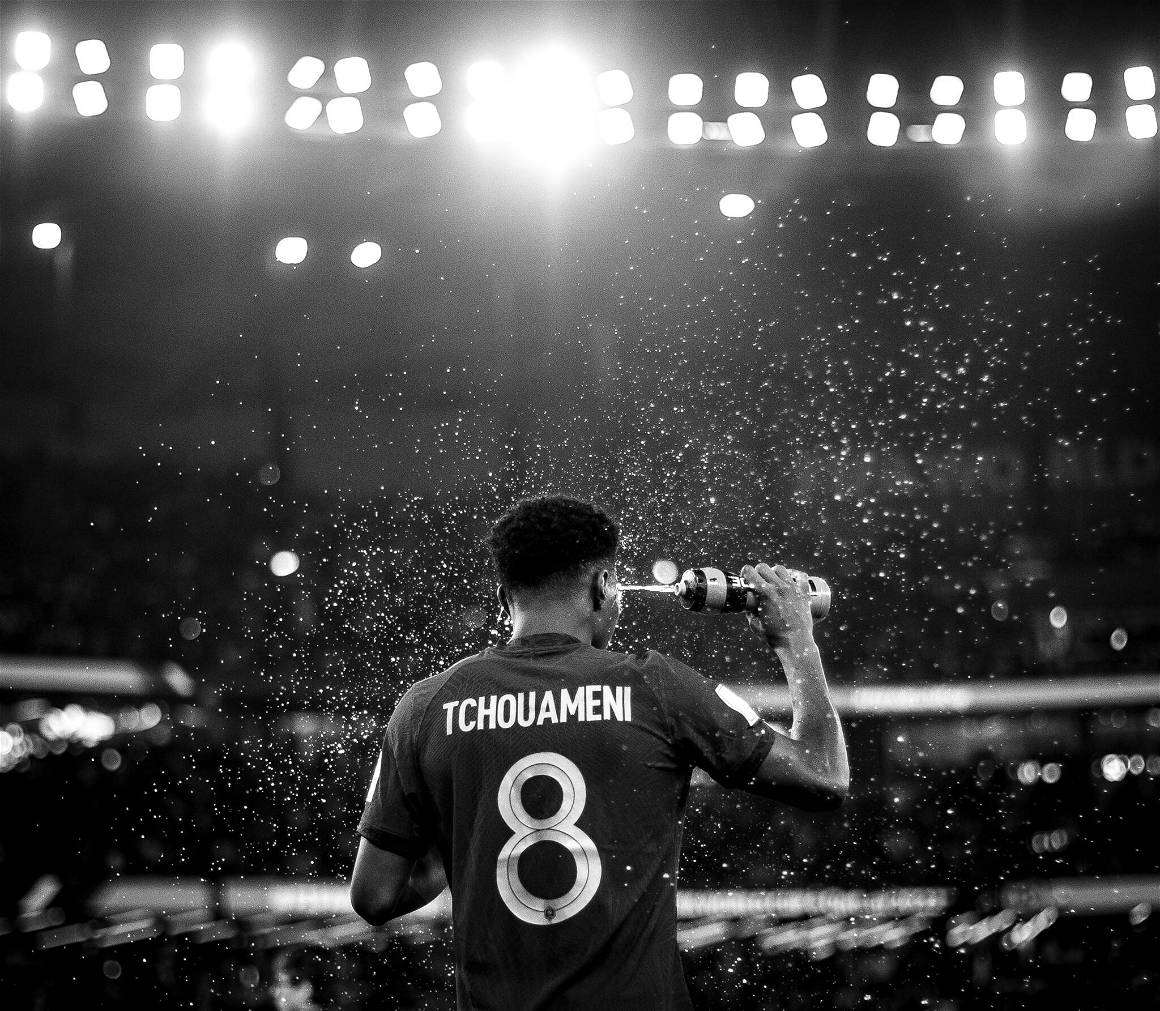
What sporting events or athletes do you hope to capture on camera or missed the chance, and now it’s lost?
I would have photographed many events and athletes. Many indeed. For example, it would have been amazing to photograph the 1970 World Cup. In a time when I wasn’t even born, but whenever I see the images, I imagine what it would have been like.
And after I started photography, unfortunately I didn’t have the chance to photograph some athletes that I’ve always admired. I think they had an unusual technique and elegance on the field, like Berckamp, Fernando Redondo, Diego Maradona and Raí.
You met and photographed football icons like Pelé, many changes in football, past tournaments and great players who may be retired now. How do you feel about that as a photographer?
As a photographer, I feel like a privileged person who can directly observe the history being written. The good thing for us photographers is that we have a longer career than professional players, which lets us follow innumerable sports superstars. And football is renewed year after year, season after season. Every moment a new star appears.
You’ve participated in many tournaments and world cups, and the most recent was in Qatar. For this world cup, there was a huge change and a lot of discussions and criticism. What do you think of it now that it has been completed? Advantages, disadvantages, and good and bad points from a professional photographer’s perspective.
Professionally speaking, it was a very different Cup. As the stadiums were very close to each other, it was possible to photograph more than one game per day. For me, it was something new.
At previous World Cups I worked on, we played one match every day and spent the rest of the time traveling around the country. That was definitely a plus point.
On the other hand, I didn’t feel “the World Cup atmosphere” in Qatar, as I had in the other World Cups I’ve been to. Qatar is a country with very strict and oppressive laws in many ways. There was joy and enthusiasm in the streets, but it wasn’t particularly the same vibe as the previous world cups I’d seen.
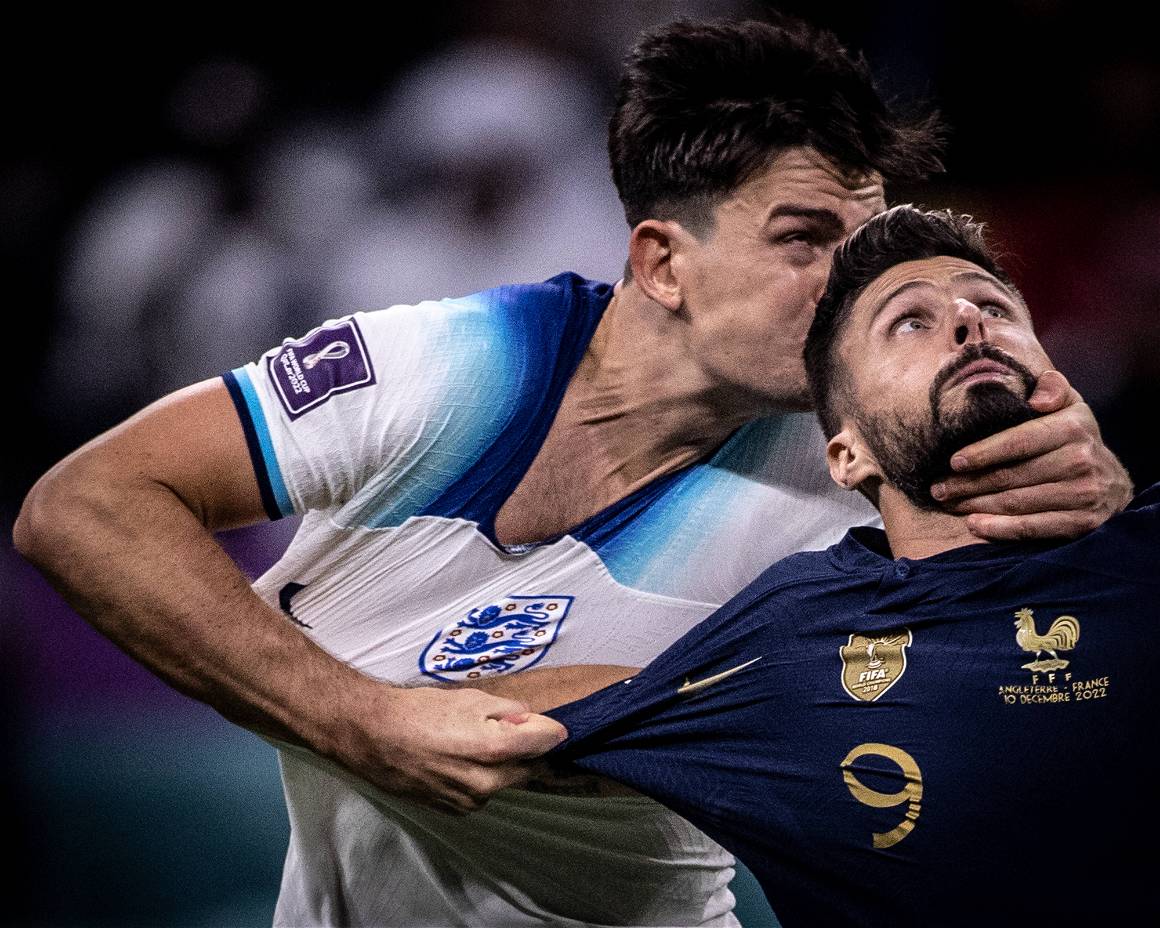
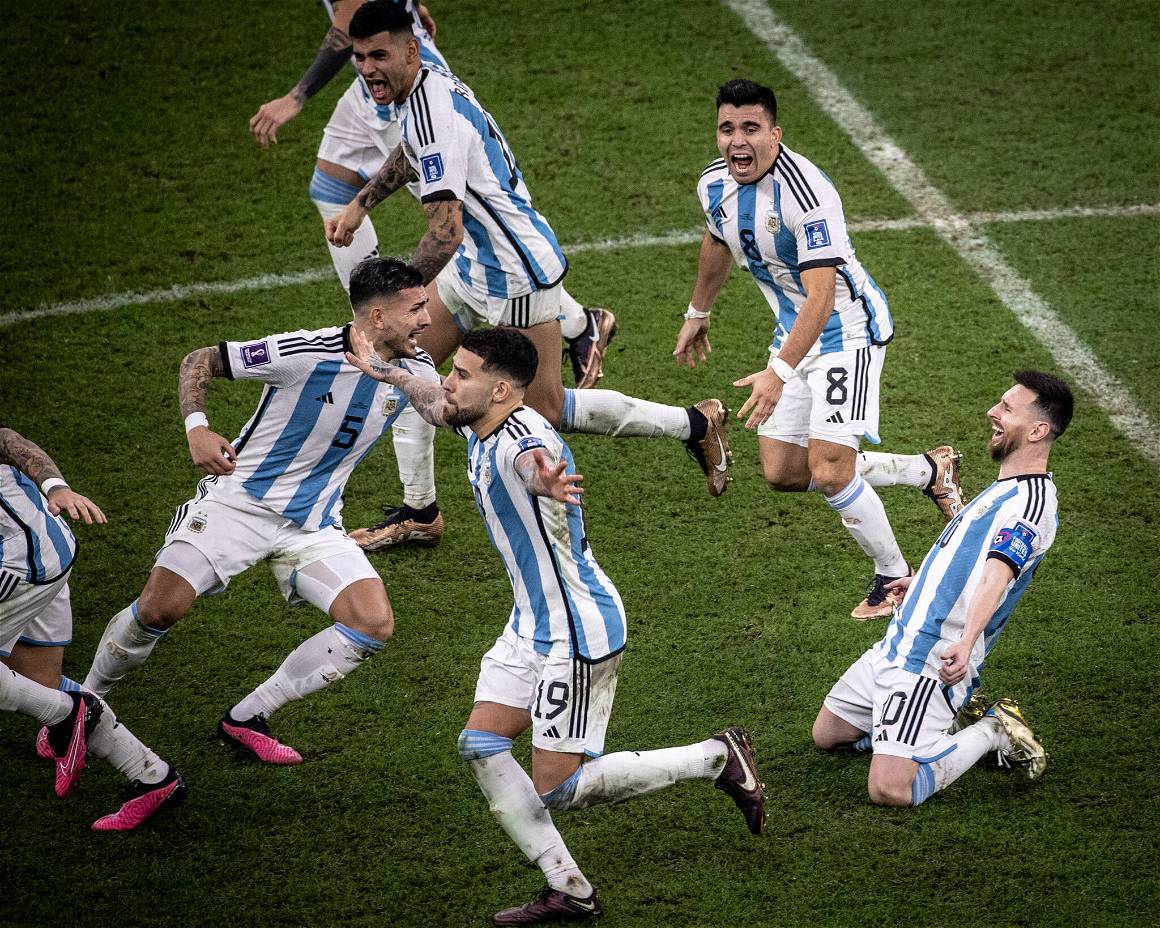
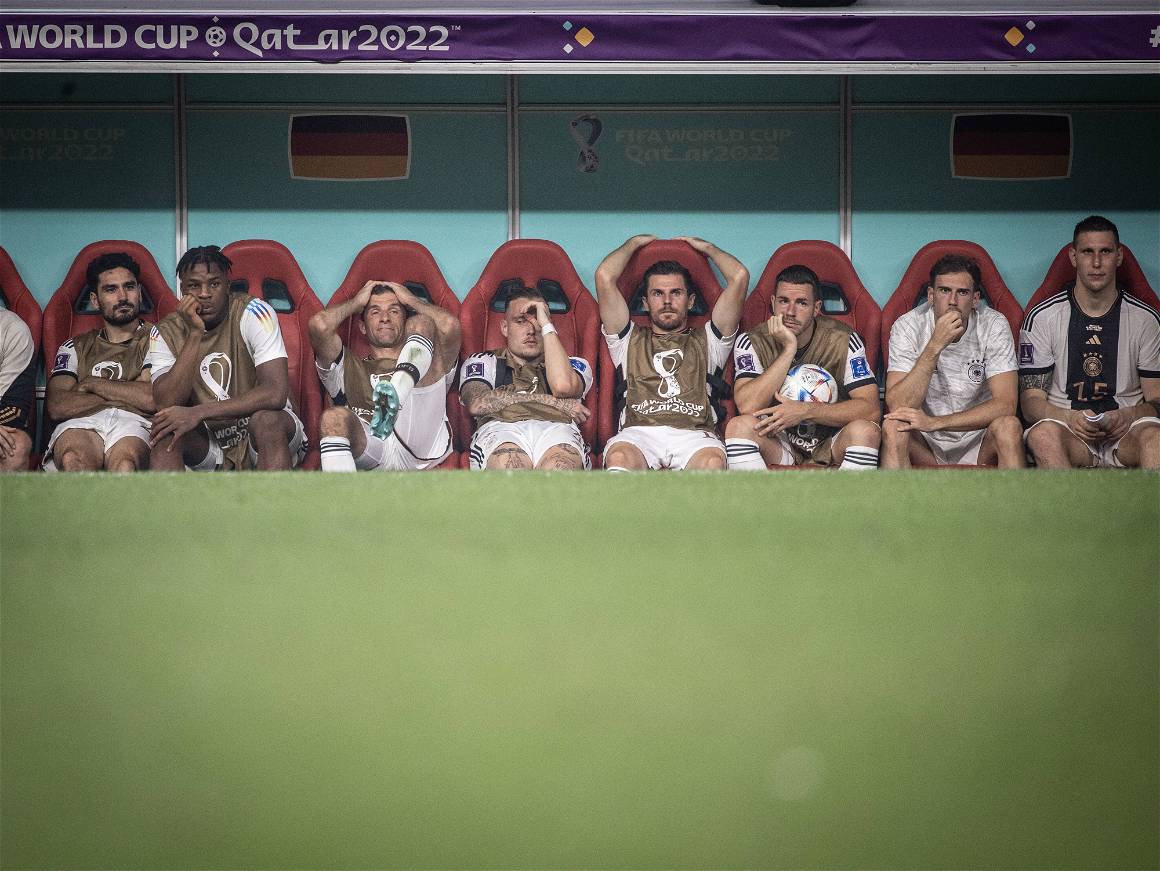
What do you think are the industry challenges a young photographer should be aware of?
Since I started in this business more than 20 years ago, a lot has changed. At that time, the photographer dreamed of working in a big newspaper or magazine and, at best, an international news agency.
There have been many changes since I first entered this industry more than 20 years ago. The photographer at the time had dreams of working for a famous newspaper or magazine or an international news agency.
There weren’t many opportunities for this position, making it challenging to obtain one. Since then, with the general crisis in journalism, these opportunities have shrunk even further. On the other hand, being seen is significantly easier now.
Social networks allow you to show your work to the whole world. If I were just starting out in photography, I would focus on building my brand and thinking about solo assignments on a freelance basis. I would invest in coverage that would pique the interest of the mainstream media and then sell my work to them.
What’s the one photograph you’ve taken that changed your mind?
I don’t think there is a single photo. Some photos made me grow in the profession. It opened doors for me and allowed me to meet different people and places because of my work. Obviously, there are some special ones, like my first photo published on the cover of Folha de S. Paulo, which is Brazil’s biggest newspaper or the photo of the World Cup 2018 or the photo of Cristiano Ronaldo celebrating in my first soccer game, Champions League.
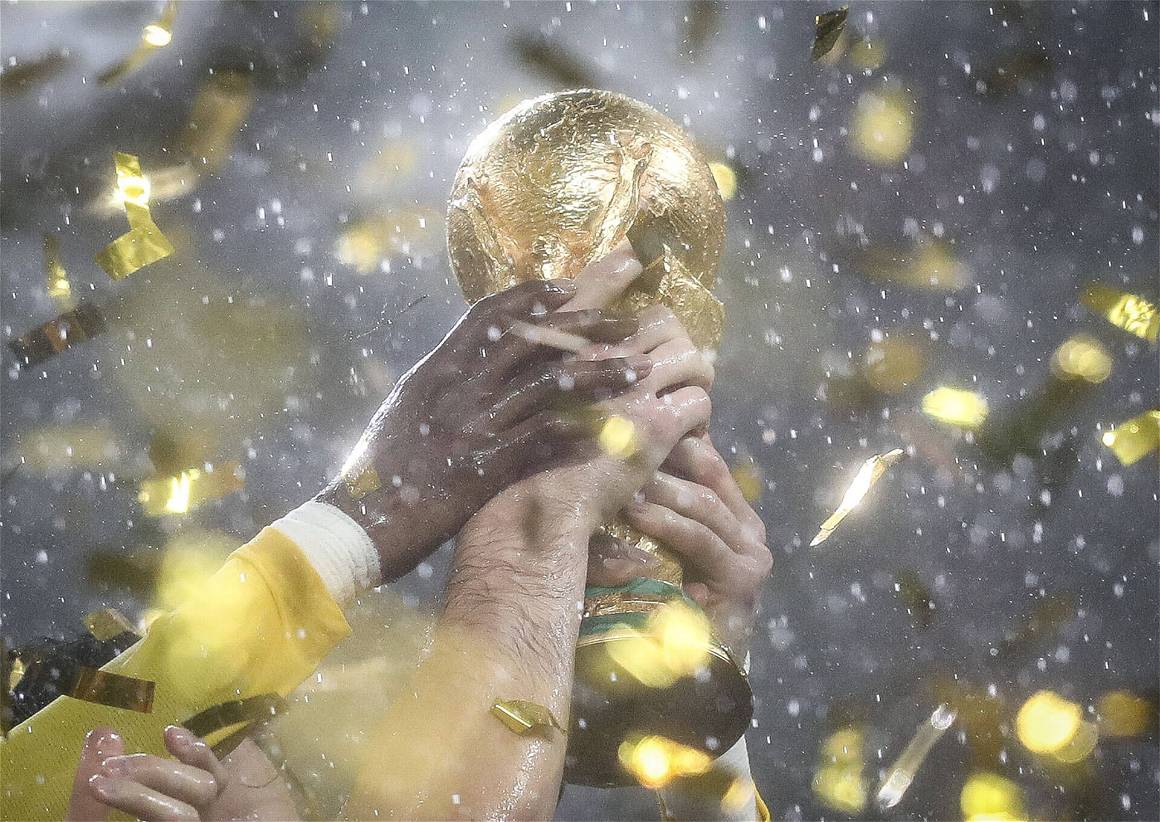

Did you learn any lessons you didn’t think you would come from your photography? What does photography mean to you?
Photography is the most important thing in my life after my personal relationships. I started taking pictures late at the age of 21. I’ve never been a fan of photography. While studying journalism, I learned that photography might be a way to stay connected to football and make a living out of it.
I’m’ not a scholar, and I’m’ not an expert in photographic techniques or new technologies. I see my photography as very simple, even basic photography. I know many photographers who are more qualified than I am. For example, more knowledgeable about the photographic process. What I think I do well is show my involvement with the game, and put my emotions in the image, maybe even in a playful way.
So, I think that photography always helps me to keep my humility and to be aware of my limitations. Especially because the photographer is just an observer of that moment. The most important thing is always what is being photographed. In the case of football, the player is always the main character. I’m only there because football is.
What’s next for your work? Any new projects?
I don’t usually plan for the long term, but what always motivates me is having the opportunity to be present at big football events around the world. The World Cup in Qatar was the most recent goal I have scheduled. Now I keep looking at the next coverage of the Champions League, the Olympics, the next Cup in three years and so on. It is at these events that my work grows, and because of the magnitude of this type of coverage, it gains more visibility.
I also got the chance to engage with various communication channels throughout this World Cup. Expanding the audience for my photography so that it gets viewed by a larger audience may be an aim.
Would you like to add something?
I always answer that question to everybody who asks, especially beginner photographers. There is a lot of interest in the photo’s editing process, how the image was created in the first place, the software that was utilized, and if a “preset” was employed.
My answer is always the same: dedicate your time to getting to know the photographic technique, get to know your equipment and its limitations, and always shoot in manual camera mode by doing this. Image editing will be the least of your problems and will take a little time.
